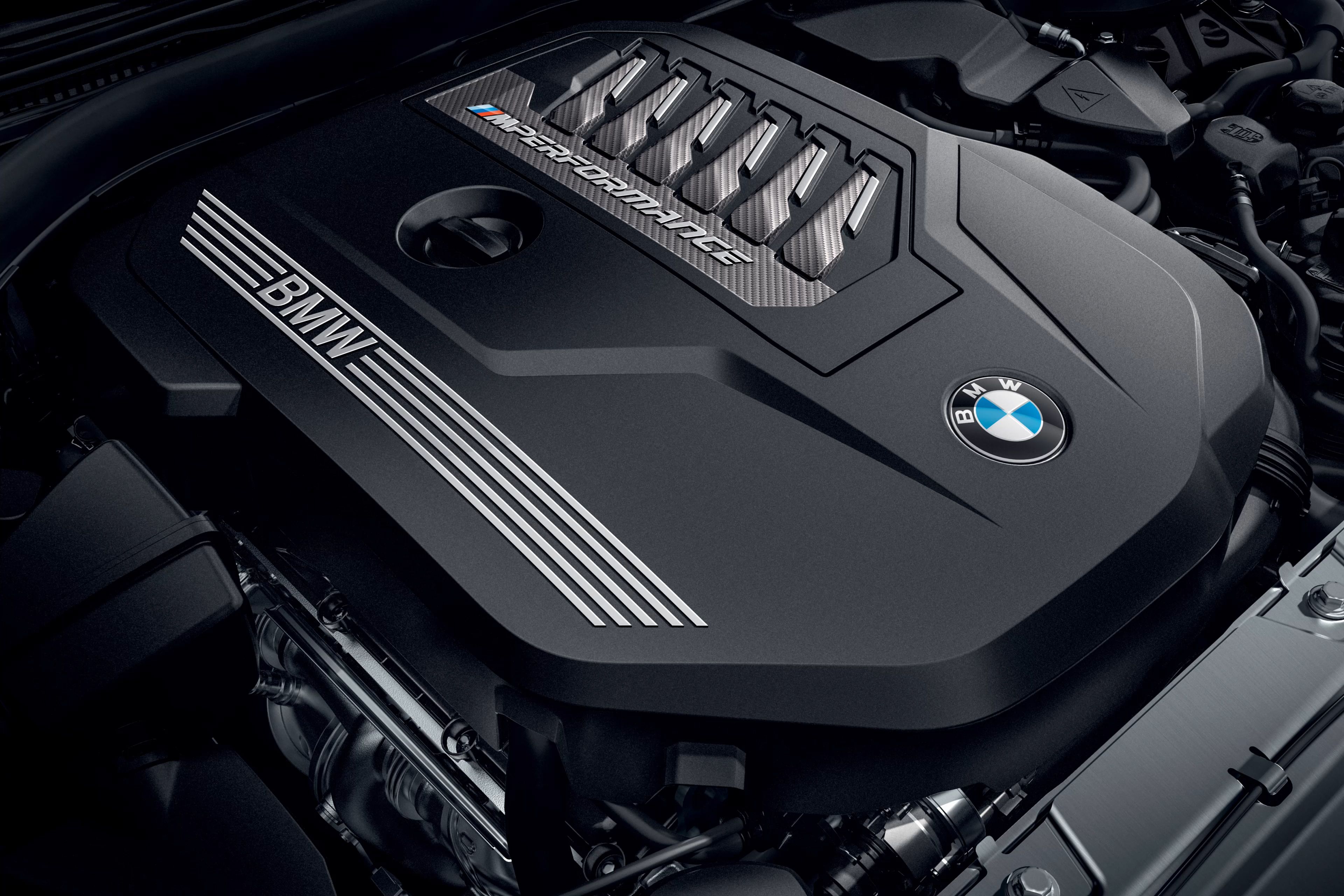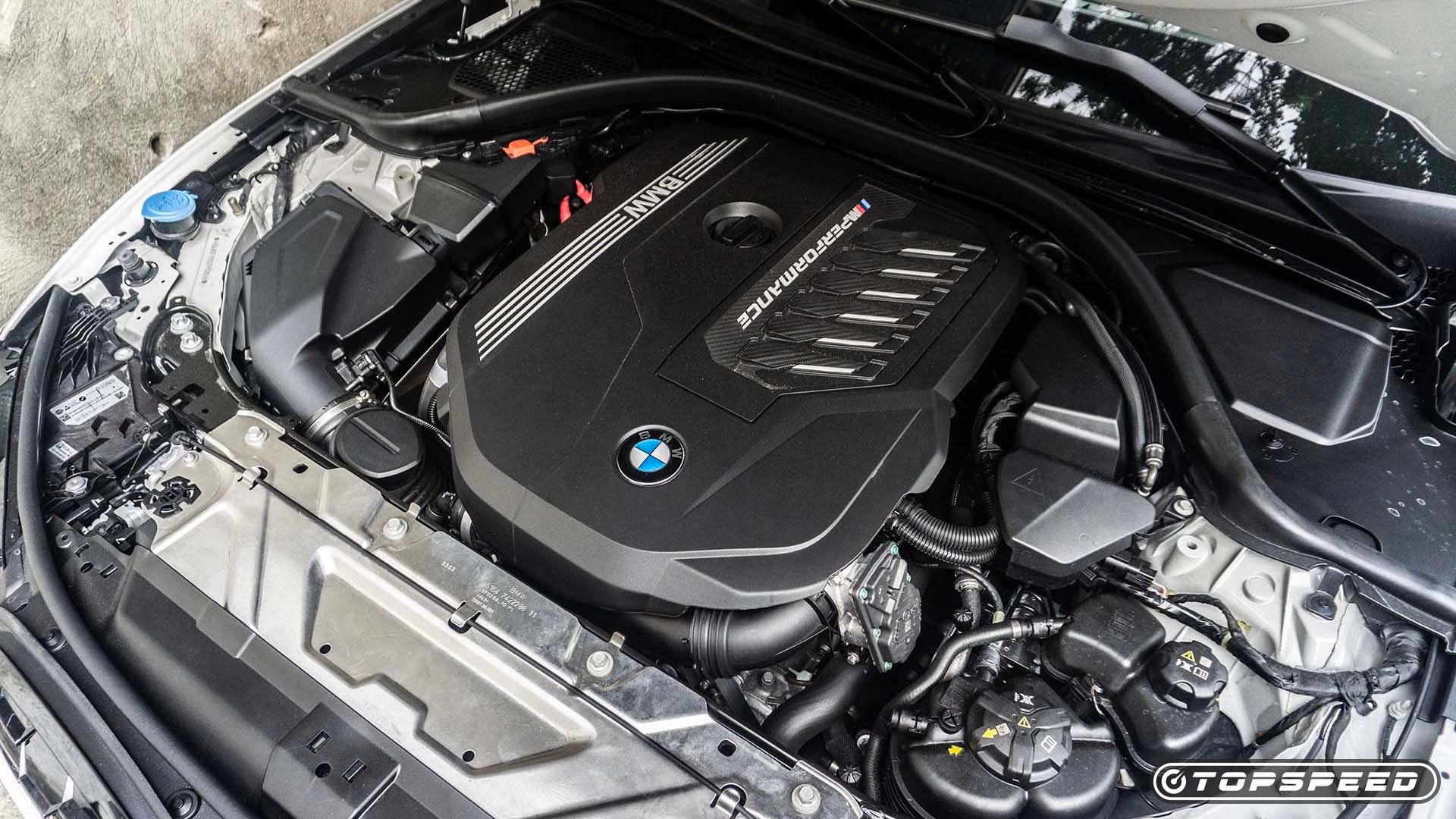Exploring the Performance Enhancements of the most recent BMW Engine Models
Exploring the Performance Enhancements of the most recent BMW Engine Models
Blog Article
Unveiling the Intricacies of Next-Generation Power Units: a Deep Dive Into Advanced Engine Innovations and layouts
As we stand on the precipice of a new era in transportation, the details of next-generation engine layouts beckon us to explore the sophisticated modern technologies and advancements that guarantee to redefine the driving experience. Delving much deeper right into the realms of emission control, intelligent engine management systems, and the perspective of power device development, we discover ourselves on the cusp of a change that assures to reshape the landscape of flexibility as we understand it.
Advancement of Engine Materials

The change towards progressed engine products has actually additionally made it possible for designers to develop engines with higher power outcomes while maintaining gas effectiveness standards. For instance, the use of lightweight products lowers the overall weight of the engine, resulting in boosted fuel economy and reduced discharges. In addition, innovations in materials technology have enabled better thermal monitoring within engines, causing raised integrity and long life.
Turbocharging and Supercharging Technologies
How do Turbocharging and Supercharging Technologies transform engine performance and performance in modern-day cars? Turbocharging and turbo charging are modern technologies that significantly enhance engine performance by boosting the quantity of air consumption right into the combustion chamber. Turbocharging achieves this by making use of a generator driven by exhaust gases to pressurize the intake air, while supercharging utilizes a belt- or chain-driven compressor to attain the exact same result.
These innovations make it possible for smaller sized, extra fuel-efficient engines to generate power equivalent to bigger ones, called downsizing. By forcing more air into the cyndrical tubes, turbocharging and supercharging enhance combustion efficiency, causing raised horsepower and torque outcome without a considerable rise in engine dimension. This brings about better velocity, pulling capacity, and overall driving efficiency.
Furthermore, turbocharging and turbo charging contribute to improved gas performance by allowing the usage of smaller sized engines that take in less fuel under typical driving conditions - bmw engine. This mix of improved efficiency and performance has actually made turbocharging and supercharging essential components of lots of contemporary engine designs
Discharge Control and Environmental Effect
With enhancing international worries pertaining to air quality and environmental sustainability, the application of discharge control innovations in automobiles plays a vital role in lowering hazardous pollutants released into the environment. Modern automobiles are furnished with advanced emission control systems that assist minimize the environmental effect of automotive operations. Catalytic converters, as an example, are created to transform hazardous gases such as carbon monoxide gas, nitrogen oxides, and hydrocarbons into much less unsafe materials like co2 and water vapor.
Additionally, innovations in engine innovation, such as the combination of exhaust gas recirculation systems and discerning catalytic decrease, have substantially added to decreasing discharges. These innovations work in tandem to maximize burning performance and decrease the launch of hazardous toxins into the air. In addition, the growth of crossbreed and electric vehicles stands for a vital step in the direction of minimizing the total environmental impact of the transport sector.
Intelligent Engine Monitoring Systems

Moreover, these systems enable automobiles to fulfill rigid exhausts requirements without compromising performance, supplying a more eco-friendly driving experience. The assimilation of artificial intelligence and machine understanding capacities in engine monitoring systems remains to push the limits of what is possible, leading to further enhancements in efficiency, reliability, and total car performance. bmw engine. As auto modern technology advancements, intelligent engine monitoring systems will certainly play a critical function in forming the future of transportation in the direction of a much more effective try this and sustainable direction
Future Trends in Power Unit Growth
As intelligent engine management systems pave the method for enhanced control and optimization in modern automobiles, future patterns in power system growth are positioned to redefine the landscape of vehicle propulsion innovations. One of the key fads driving technology in power device growth is the change in the direction of electrification. With a boosting concentrate on sustainability and minimizing carbon discharges, hybrid and electrical powertrains are ending up being much more prevalent in the auto industry. These different power sources supply improved effectiveness and efficiency while lining up with strict environmental regulations.
Another considerable fad is the assimilation of advanced products and manufacturing techniques. Light-weight products such as carbon fiber and light weight aluminum are being made use of to minimize total lorry weight, enhancing gas performance and performance. Furthermore, innovations in 3D printing and additive manufacturing are allowing the production of intricate engine elements with higher accuracy and toughness.
In addition, synthetic knowledge and machine learning are playing a critical duty in optimizing power system performance. These technologies enable real-time tracking and flexible control, resulting in extra trustworthy and effective power distribution. In general, future trends in power device development are tailored towards effectiveness, sustainability, and performance, driving the vehicle industry towards a brand-new age of propulsion modern technologies.

Verdict
In verdict, the developments in engine materials, turbocharging, emission control, and smart administration systems have paved the means for next-generation power units. The intricate designs and technologies in contemporary engines display the continuous evolution of vehicle modern technology.
Checking out the modern advancements in engine materials has been critical in improving the performance and effectiveness of contemporary engines. Over the years, the advancement of engine products has played a vital role in pushing the boundaries of what engines can achieve.The shift in the direction of advanced engine materials has actually additionally enabled engineers to design engines with higher power outcomes while keeping fuel efficiency criteria.The implementation of smart engine management click here for info systems in modern lorries has reinvented the way engines are managed and enhanced for efficiency and effectiveness. By collecting data in real-time and analyzing it with innovative formulas, smart engine management systems can adjust to driving designs, environmental variables, and engine health to take full advantage of power outcome while minimizing gas usage and this discharges.
Report this page